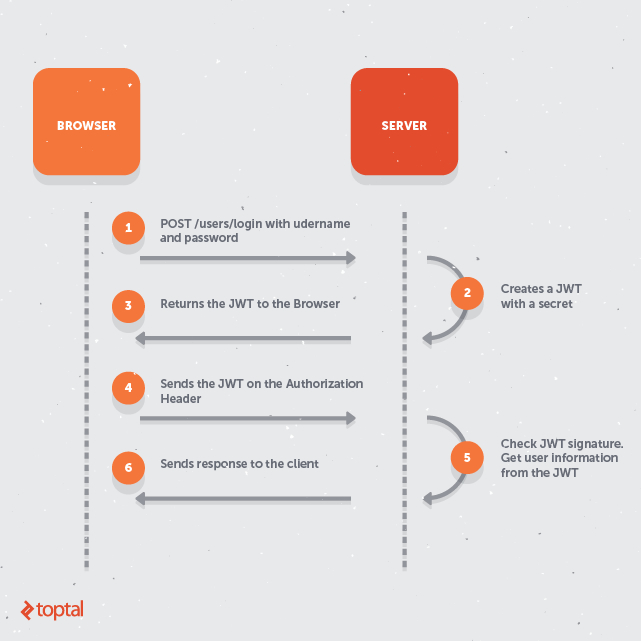I'll try to clarify some concepts here:
Oauth and OpenID Connect (OIDC) are just authentication mechanisms by themselves. JWT is just a way to convey authenticated information between two parties. So, you have to do an effort of separation of concerns. When having doubts about how to identify an user, and be sure it's really him/her, check credentials and so... go check OIDC or Oauth standards. Whn in doubt about how to convey user related information between parties securely then, look at the JWT RFC and related (JWS, JWK, JWE and related).
Having said this:
Totally correct. You understood correctly.
It depends on implementation, but some stateful approaches exists, and also some implementations are stateless. The JWT-consuming server (Resource server in Oauth jargon), can possibly have the IdMS's (Authorization server (badly-named) in Oauth jargon) signing keys in cache, or pre-provisioned. This way, it can validate JWT Access Tokens coming from the IdMS without having to do any request. The IdMS could be down without impacting the system. This is precisely the case for some architectures that have the IdMS behind some VPN, and the Resource Servers outside it. Besides that, there could be a more stateful way of checking Access Tokens against the introspection endpoint of the IdMS. With this way, for each validation required on the Resource Server, a request would be made to the IdMS to check the Access Token is still valid and to extract the related claims. This latter mechanism is used also when the Access Tokens are not JWT and thus opaque.
Blacklists could be a way to do it, but it is more usually done through Refresh Token mechanism. You give the Access Token a very short lifetime, like 1 minute, and then rely on the refreshing mechanism to fail in case the session is revoked.
Technically speaking OpenID and OpenID Connect (OIDC) are different beasts. For shortness sake, we could say that OpenID is an old implementation of identity federation that did not see great adoption. OpenID Connect is an evolution of Oauth 2.0 that adds JWT, ID Token and some other niceties. But no, JWT and OIDC are by no means an exclusive implementation. It is true that OIDC implies forcefully the use of JWT, but JWT exists outside OIDC.
If you want to authorize requests between two servers, at the basic level, it can be done with simple tokens (Just maintain them secret, and use TLS). But with JWT what is enabled is that the servers can trust a central IdMS without having to trust entirely on each other. Oauth is used in this case you indicate because Google for example, trust himself and the user, but not your server. So, authentication occurs between Google, acting as the IdMS and the user, and this, generates a JWT (Not always, so you see the case for my previous statement) that your server (trusting an external IdMS) can use to communicate with Google.
As already said, groups/role management is independent of JWT/tokens used. JWT/plain tokens are only the way of conveying authentication information.
LDAP on Oauth/OIDC lies in the Authentication phase. When the user sends it's credentials to the IdMS instead of checking against a local database, the credentials are checked against LDAP. LDAP could also be used by some advanced IdMS's to retrieve policies, groups or other permissions. But when the authorization is done, the rest of the process is the same as always.
References:
![enter image description here]()

